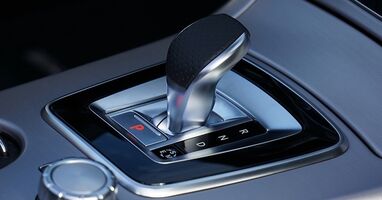WHAT CAN THE NOISE IN THE GEARBOX MEAN?
The transmission, both manual and automatic, is one of the most important components of the car. It is a complex set, with several pieces that must be working perfectly. So be aware: any noise in the gearbox can mean serious problems.
The box houses the gears of the gear, which modulate the engine, which combined with the available power, puts the car in motion. Generally, the gearbox is positioned between the propeller and the camshaft of the wheels that make the traction.
But how do you know what the noises heard in the gearbox mean? To try and help you, we've prepared this content!
Clutch Problems
The gears corresponding to each of the car's gears rotate inside the box, following the engine's rotation. To fit the lever into the gear and engage the carriage, it is necessary to stop the set. This is the role of the clutch .
When you press the left pedal all the way, the gearbox is disconnected from the engine and the gears synchronize to receive the lever rod.
If the clutch is worn or out of adjustment, this synchronism does not occur correctly and the fit is difficult. This may be one of the reasons why you hear a grinding noise between two metal parts when trying to shift.
lack of lubrication
Like the engine and other vehicle components, the gearbox needs constant lubrication. The oil used in the system is a little more viscous and lasts longer than the engine lubricant.
But there may be some leakage and if the system starts running dry, the friction between the gears will produce a lot of noise when changing gears. Also, the hitch will get harder too.
broken gears
During use, some gearbox gear teeth may wear more, or even break. If it's a small fracture, in just one tooth, there won't be as much damage.
The problem is that others can occur and thus the lever may not get stuck in certain positions. Thus, you will begin to notice that, in addition to noise, gears can slip away while the car is in motion.
Troubled Troubled
The shifter is a spherical piece that is
positioned on the base of the gear. He is responsible for the vertical and horizontal movement of the lever, enabling its fitting into the gears.
Faults in the tumbler are not uncommon and can generate noise and even difficulties in getting into the correct gear. A tip to avoid problems with this item is not to drive with your right hand resting on the lever constantly. To know more click the button below.



